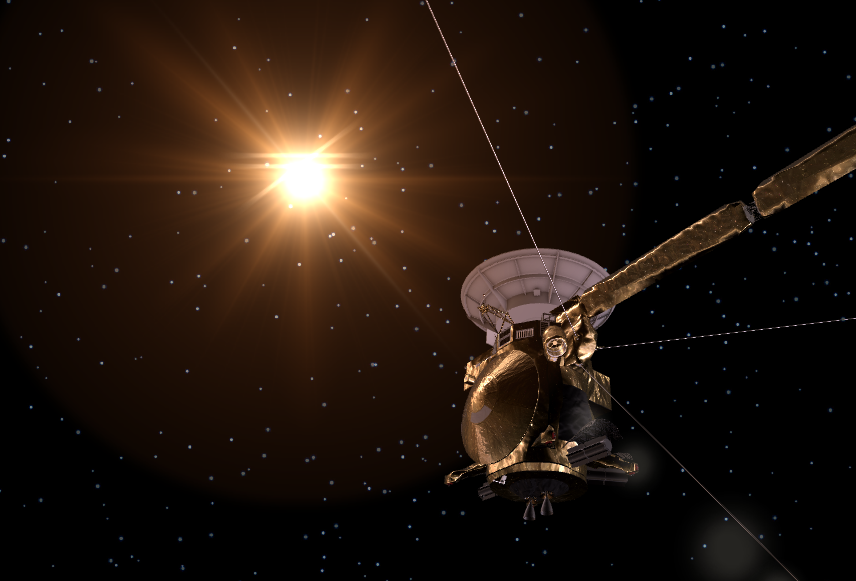Planning Your Vacation: Visiting the Space Center in Houston, Texas
As a space enthusiast, I can’t recommend enough visiting the Johnson Space Center in Houston, Texas, home to NASA’s visitor center. This place is a must-see for anyone who has ever looked up at the stars and wondered what it would be like to explore the great unknown.

First, let me tell you a little about what you can expect to see and do at the Johnson Space Center. The visitor center is divided into several exhibits and attractions, each more fascinating than the last. You can explore a full-scale replica of the space shuttle Independence, touch a real moon rock, and even experience what it’s like to train for a mission to Mars.
One of the highlights of the visitor center is the Mission Control Center, where you can sit in the same seats as the flight controllers who have guided astronauts to the moon and back. You’ll also get to see the International Space Station (ISS) Mission Control, where the ISS is monitored 24/7.
Another must-see attraction is the Space Vehicle Mockup Facility, where you can see full-scale mockups of the spacecraft that are currently in use by NASA. You can even climb aboard a training module for the Orion spacecraft, which is designed to take astronauts to destinations beyond low Earth orbit, such as Mars.
But the Johnson Space Center isn’t just for space geeks. There are plenty of exhibits and activities that are fun for the whole family. The Kids’ Space Place is a hands-on exhibit designed for children aged 2-12, where they can learn about the science of space through interactive play. The Starship Gallery is home to some of the most historic spacecraft in the world, including the Mercury 9 capsule, which was flown by Gordon Cooper in 1963.
Now that you have an idea of what to expect, let me give you some tips on how to get to the Johnson Space Center. The visitor center is located about 25 miles south of downtown Houston, and there are several ways to get there.
One option is to drive. The Johnson Space Center is located off of NASA Road 1, which can be accessed from Interstate 45. There is plenty of parking available at the visitor center, and the cost is included in the price of admission.
Another option is to take public transportation. The Metropolitan Transit Authority of Harris County (METRO) offers a bus service that runs from downtown Houston to the Johnson Space Center. The bus stop is located on NASA Parkway, just a short walk from the visitor center.
Once you arrive at the Johnson Space Center, there are several options for purchasing tickets. You can buy them online in advance, or you can purchase them at the visitor center. I would recommend buying them online, as this will save you time and ensure that you can get in as soon as you arrive.
When you’re planning your visit, keep in mind that the Johnson Space Center is a popular destination, and it can get crowded, especially on weekends and during school holidays. I would recommend arriving early in the day to avoid the crowds and to give yourself plenty of time to explore all of the exhibits and attractions.
Additionally, I would recommend wearing comfortable shoes, as you will be doing a lot of walking. And be sure to bring a bottle of water, as it can get hot and humid in Houston.
In conclusion, the Johnson Space Center in Houston, Texas, is a must-see destination for anyone interested in space exploration. With its interactive exhibits, historic spacecraft, and exciting attractions, it’s a place where the whole family can learn and have fun. So, if you’re planning a trip to Houston, be sure to include a visit to the Johnson Space Center on your itinerary. You won’t be disappointed.









